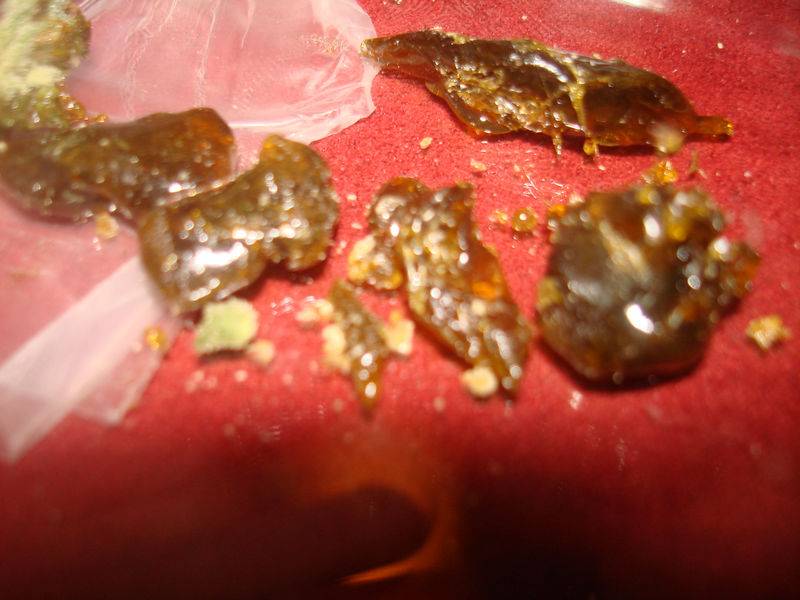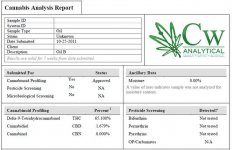Good topic brother BH! As you may note, our process is different enough to not involve neutralizing with sodium bicarbonate.
As the lowly ancient equipment and process engineer in our scraggly group, I am going to encourage our bio-chemistry student, whom developed the process, to take a momentary break from class and adoration of his first new born son, to join this forum and provide the intimate details that you seek.
May I get back to you with his thoughts?
Thanks! I do recognize that we are using 2 different procedures... But they aren't that different. I've only had chem 131 & 132, so just enough to make me dangerous. Lol...
I'm also curious about your observations between the differences in isomerized but not acetylated, and acetylated. No pressurized hood?
I'll be around...


 e me dangerous. Lol...
e me dangerous. Lol...











